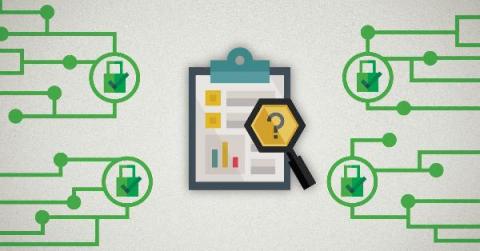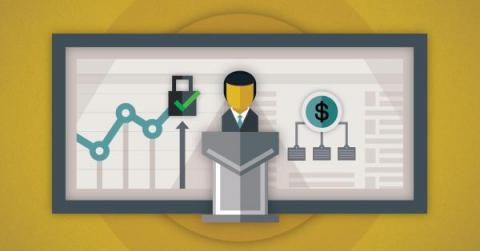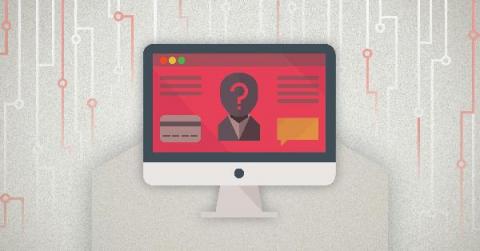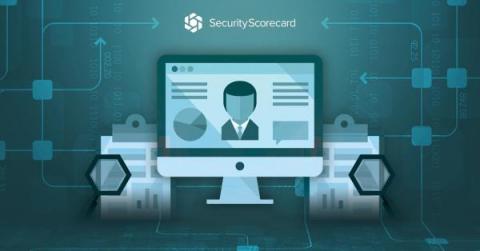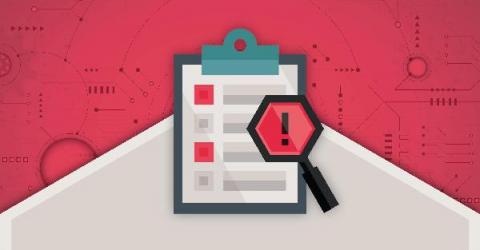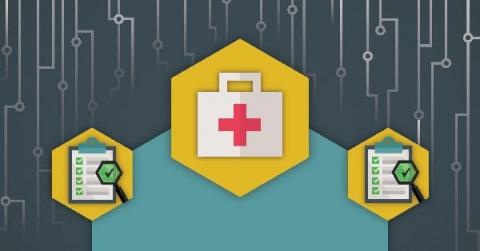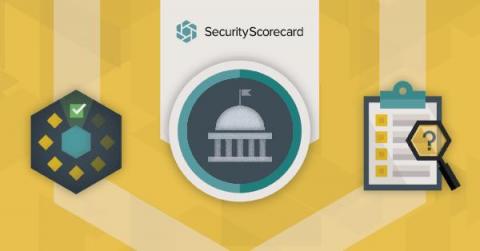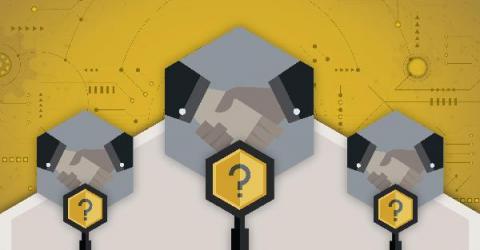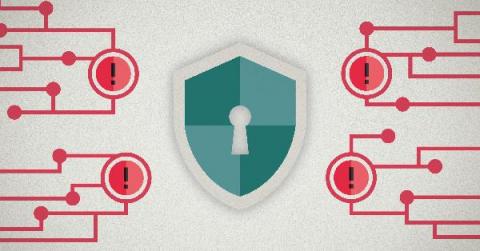How to Identify and Classify High-Risk Third Parties
Today’s business landscape means having various business partners. From contractors to technology vendors, third parties are now part of everyone’s daily operations. However, with every new third-party you onboard, you also add a new risk. Supply chain attacks compromise your data, even if the third-party isn’t providing you a technology solution. To secure your data, you need to identify and classify high-risk third parties.


